
Intermittent fasting has become a popular weight-loss and health strategy in recent years. Should you try it? Today we’re talking all about who it’s for and who it’s not for.
Intermittent Fasting – Benefits and Risks
Intermittent fasting (IF) is an eating schedule where you cycle between periods of eating and not eating, which we all do naturally every day. The distinction when following an IF plan is that you intentionally stick to a schedule of when you’re eating and when you’re not, generally extending the hours when you’re not eating and narrowing the hours when you are eating.
There are many different IF protocols, which all have varying guidelines about when to eat and when to abstain from food. For example, you may follow a daily plan of 16-hour fasts with an 8-hour window for eating, or implement longer fasting periods of 24 hours or more.
IF has gained popularity over the last several years, however, the practice has actually been around for all of human history. Centuries ago, fasting wasn’t a voluntary practice but was based on the availability of foods (hunting and foraging). And for more than 100 years, fasting has been implemented for spiritual, political, and various health reasons.
Eating every few hours or all day long is a relatively modern practice. Throughout most of our species’ history, eating was limited to meals. Much of our eating habits today are driven by food manufacturing and advertising telling us that we need snacks and consistent caloric intake to maintain metabolism and avoid “starvation” mode. This is not based on metabolic science.
So what is IF all about?
What is intermittent fasting?
Intermittent fasting is the practice of abstaining from food for a pre-determined time period. There are various fasting protocols that can be followed within one day or over several days. Generally, intermittent fasting involves both when you eat and how often you eat. It doesn’t automatically also specify what you eat. A truly healthy diet will incorporate all three considerations – what, when and how much.
One common approach that has been extensively studied and seems to be relatively easy for most people to implement is a 16:8 schedule. This involves 16 hours of fasting and 8 hours of feeding (all food consumed within the 8 hour period). The fasting window includes the hours you’re sleeping and then either extends into the morning and/or starts in the hours before going to bed. One example would be eating breakfast at 10am and dinner at 6pm (8 hours) with no food, calories, or flavors consumed before 10am or after 6pm. This type of schedule is often referred to as Time-Restricted Feeding (TRF) and there are several benefits to following a schedule like this.
The benefits of intermittent fasting
Reduce the risk of heart disease and diabetes
IF and TRF can improve cardiovascular health and blood sugar regulation by enhancing insulin sensitivity and reducing blood sugar. IF and TRF can reduce inflammation in the body and promote repair of tissue damage when combined with consuming healthy, whole foods.
Can promote weight loss
Weight loss can occur with IF/TRF because people naturally tend to eat less when they aren’t snacking – though caloric restriction isn’t really the goal here. Some studies have found weight loss even when there was no calorie restriction. Weight loss comes from consuming only healthy, whole foods during the eating window. If refined, processed, and high glycemic foods are consumed, overeating can occur because these foods are hyperpalatable and increase appetite. Blood sugar regulation also helps with weight loss by reducing insulin levels. And lastly, weight loss can occur by stimulating fat burning and ketone production when insulin and blood sugar levels are lower.
Improved mental clarity and energy
A powerful benefit of increasing fat burn and ketone production is the mental clarity and increased level of energy many people experience. For years it was believed that our brains could only function on glucose, but newer research is showing that our brains actually really love ketones and use them efficiently. In fact, many neurological disorders are being shown to be related to dysregulation in glucose utilization in the brain – and patients in ketosis see improvement in cognitive function due to the added energy they get from ketones.
Now you may be tempted to start consuming exogenous ketone drinks to boost your ketone levels. I don’t recommend this. The research into the use of exogenous ketones is still lacking and they just haven’t been around long enough to know how safe they are over the long term. Let your body do what it was designed to do and produce them naturally. After all, they’re made by breaking down fat! Why would you want to skip that part and drink them? When it comes to ketones, more isn’t necessarily better, so you don’t really need to supplement with them.
Does this mean you have to do a ketogenic diet to get the benefits? No, though you can! Ketogenic diets can be very healthful and beneficial for some, but are not necessary to produce and use ketones. Fasting is one great way to stimulate ketone production, especially when paired with a lower glycemic diet filled with whole foods (sensing a trend here?). Ketogenic diets and IF/TRF do go very well together, however!
Who should not practice time-restricted feeding?
TRF is not for everyone – or even necessary every single day. Technically everyone is fasting for some hours of every day (during sleep, for instance), but you don’t necessarily have to extend that fasting window during waking hours every single day.
There are some groups who should not fast or should only do so under the care of a medical professional:
- Pregnant and nursing women. This is a time to focus on the health of the baby!
- People with diabetes, hypoglycemic or other diagnosed blood sugar dysregulation – especially if you’re taking glucose-lowering medications that may need to be adjusted with your prescribing physician.
- People who need to take medications that need routine timing or be taken with food. Please do not alter any medications or schedules without talking to the prescribing physician.
- People who have an eating disorder (anorexia, bulimia): intermittent fasting plans can be triggering for eating disorders and healing for others. Use great caution here and work with a medical professional.
- People who take blood pressure or blood sugar lowering medications: fasting can naturally reduce both blood pressure and blood sugar, so the combination with medications can cause either or both to drop too much. It is therefore critical that you work with your prescribing physician if you take these medications before implementing fasting plans of any kind so adjustments can be made to dosing if needed.
If intermittent fasting sounds like something you want to try, it is important that you implement a healthy, sustainable plan – and slowly step into your fasting plan. If you’re currently eating from 6am to 10pm – you do not want to jump straight to a 16:8 schedule. This is a recipe for failure and misery!
Always keep your medical professionals apprised of your plans – so they can make any adjustments needed to medications you’re taking.





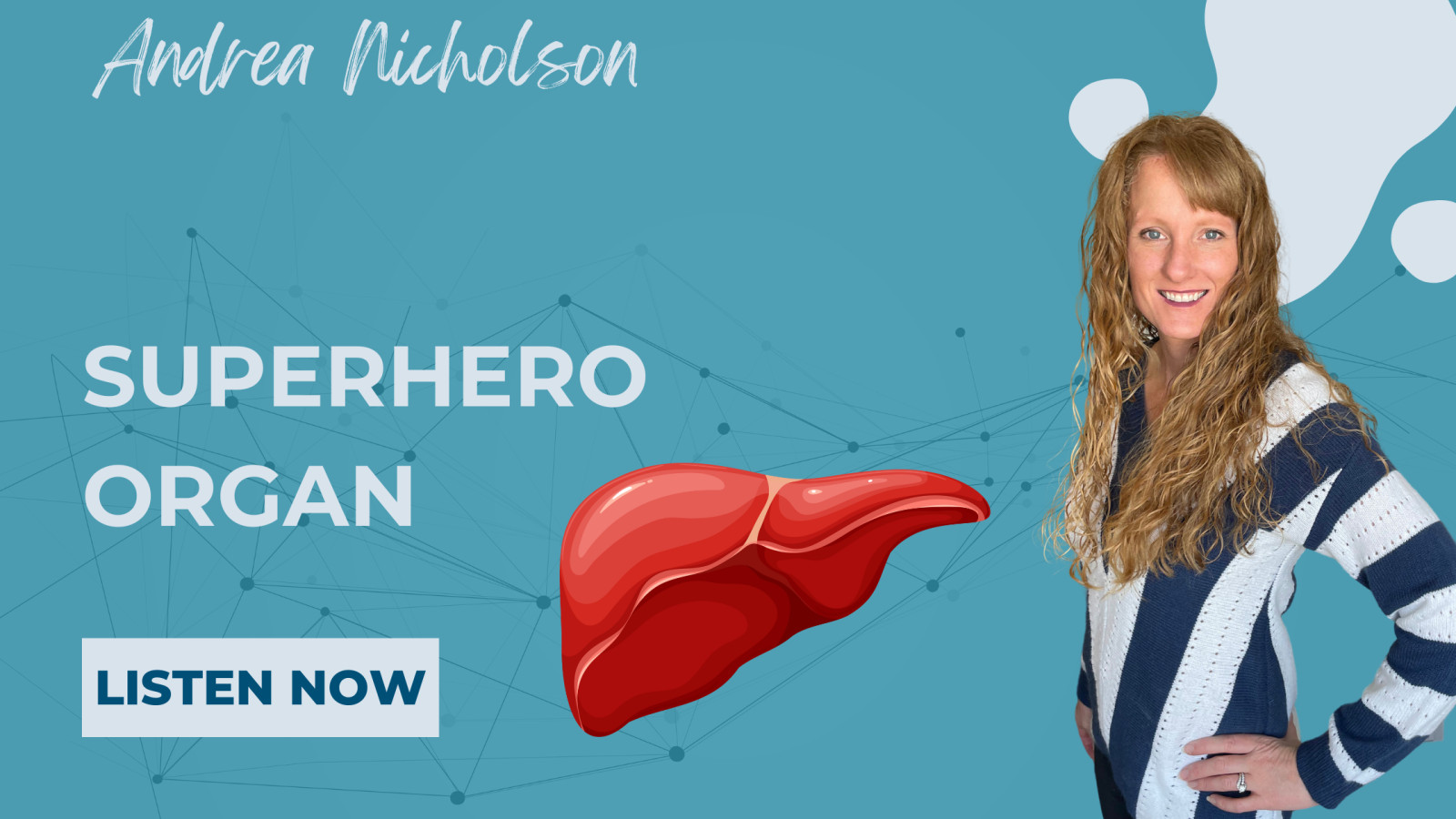

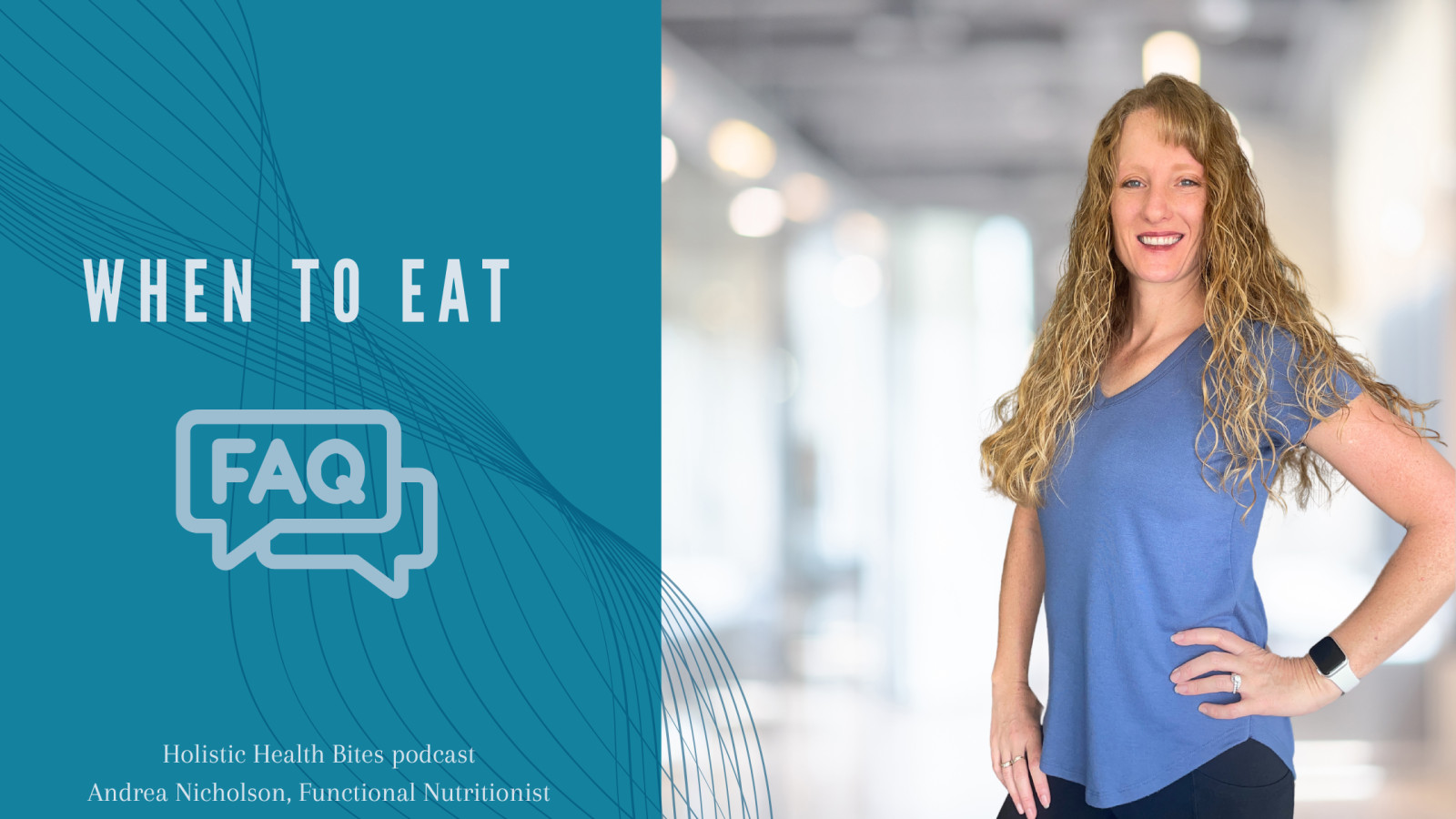


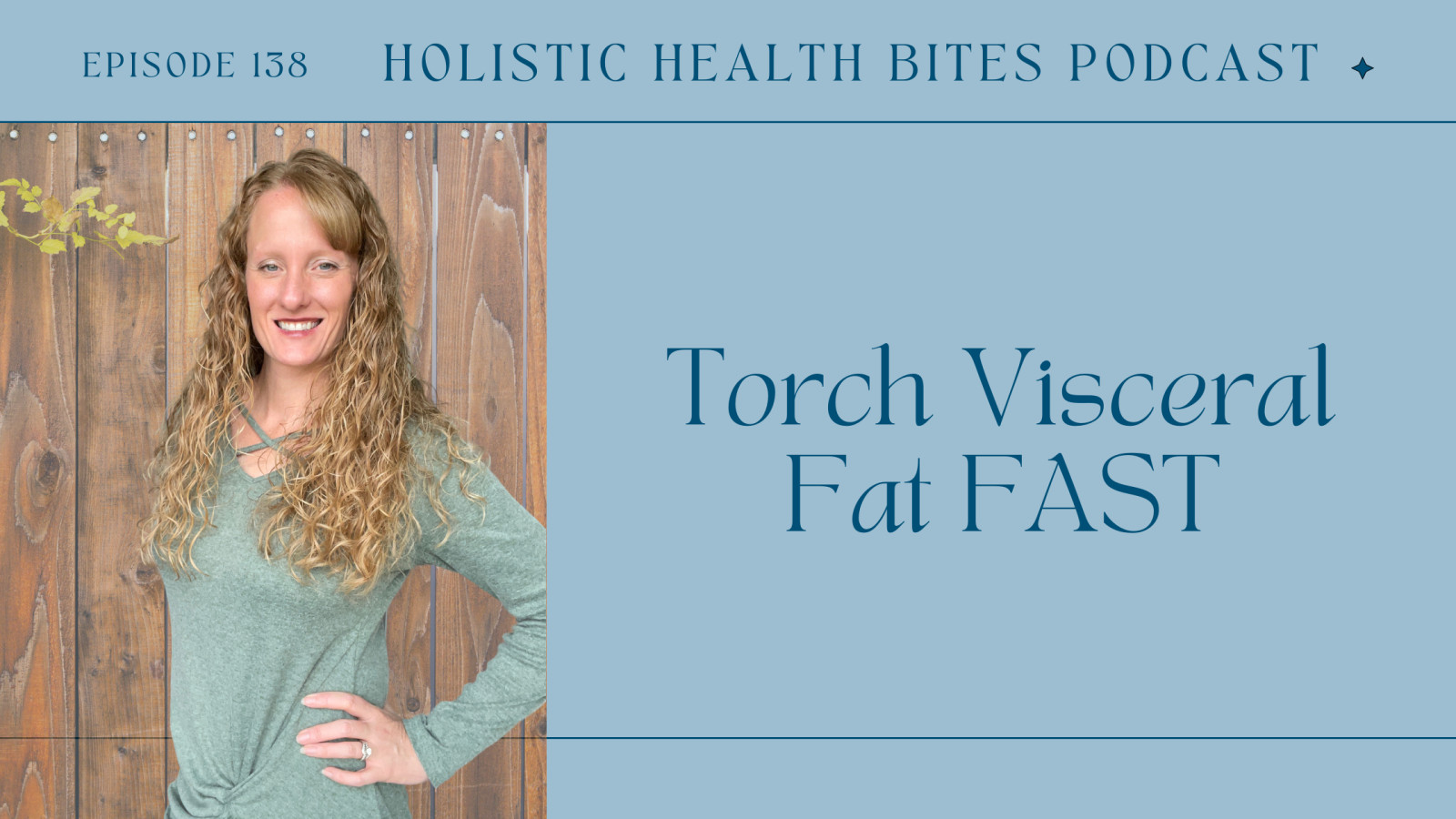
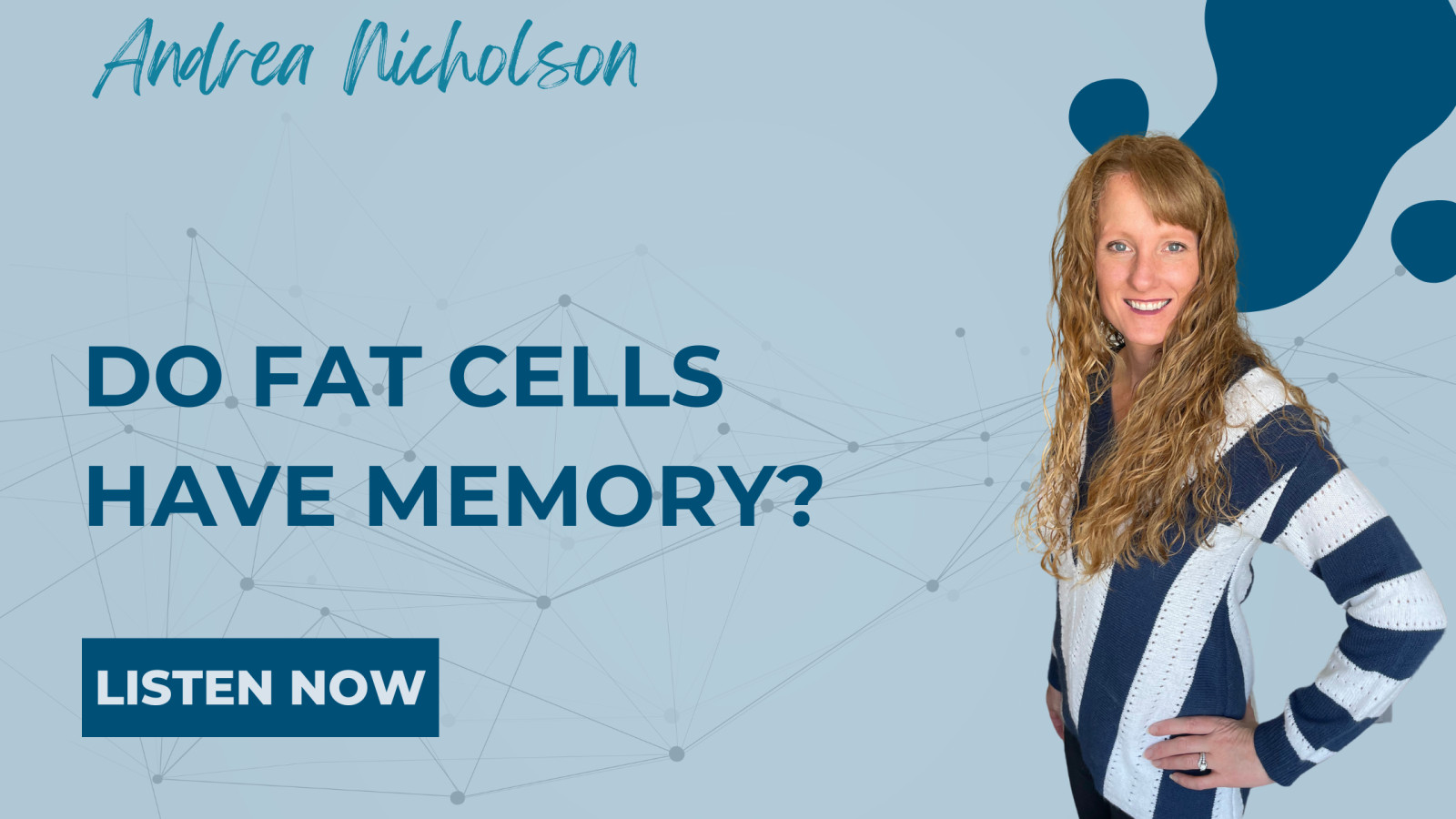

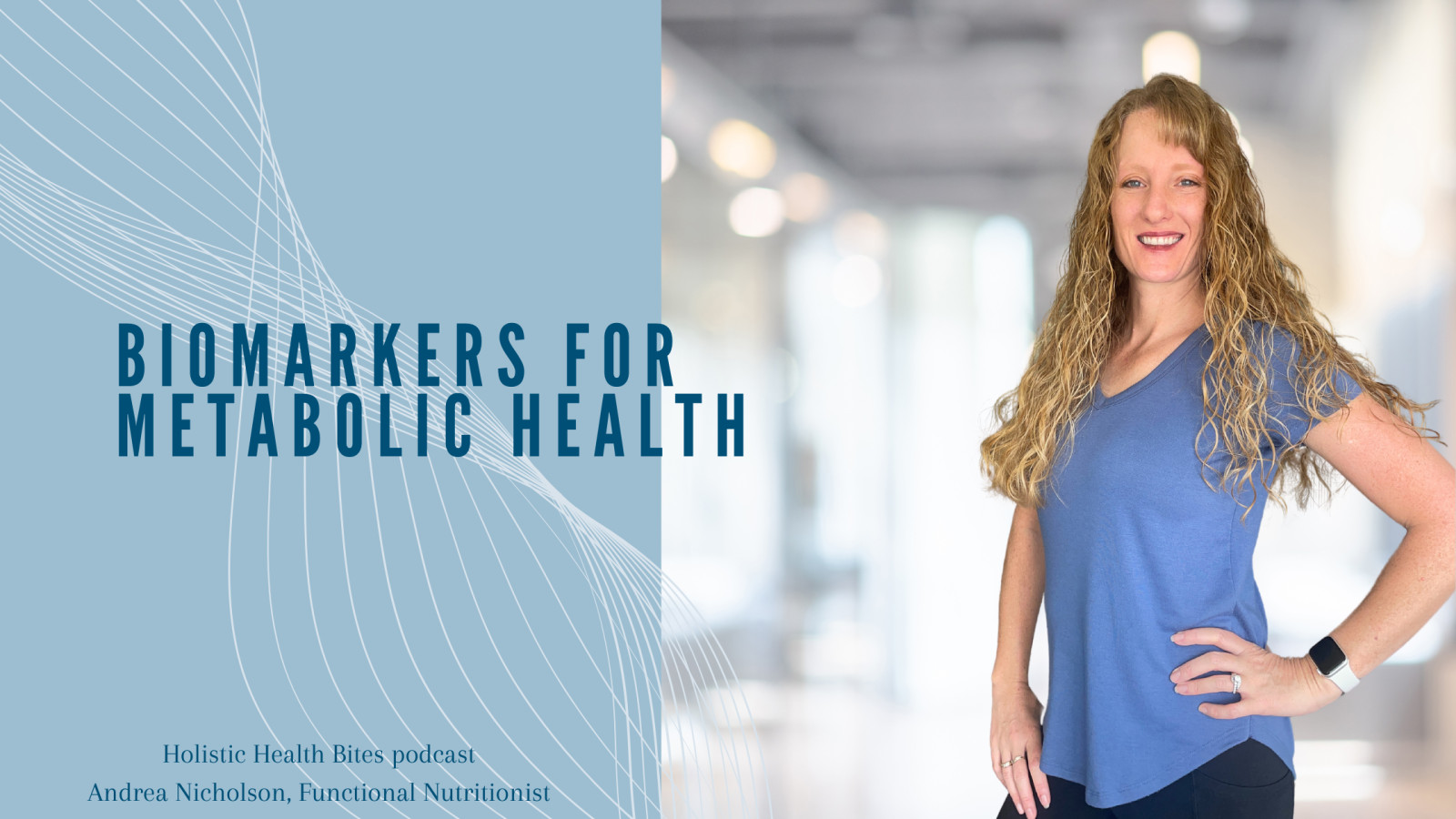






0 Comments